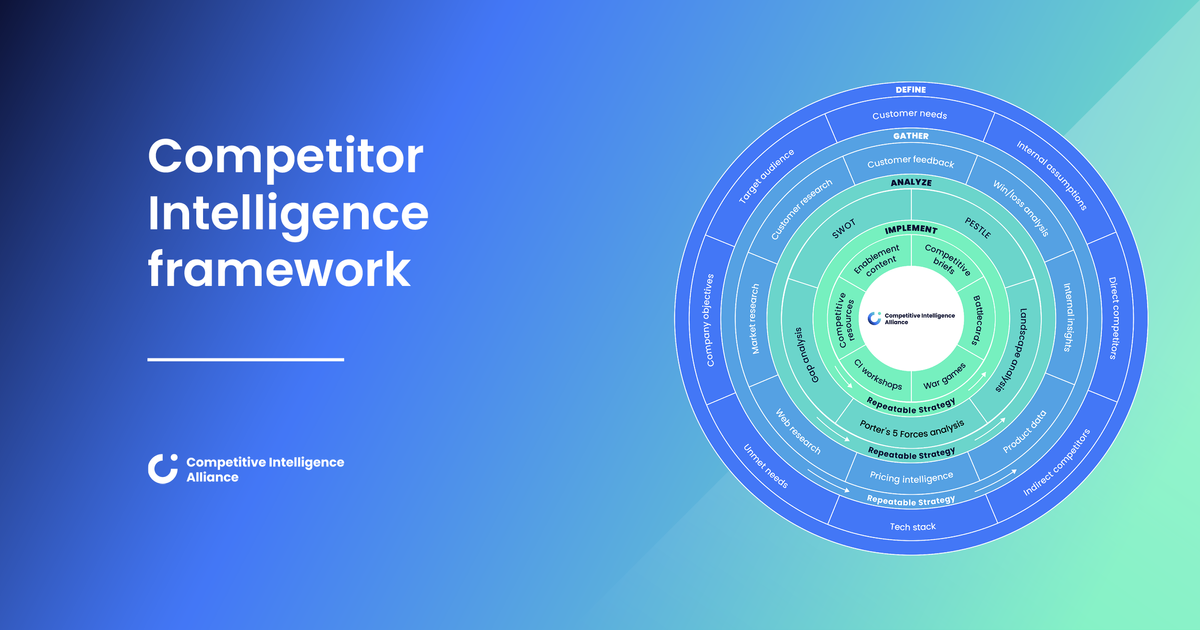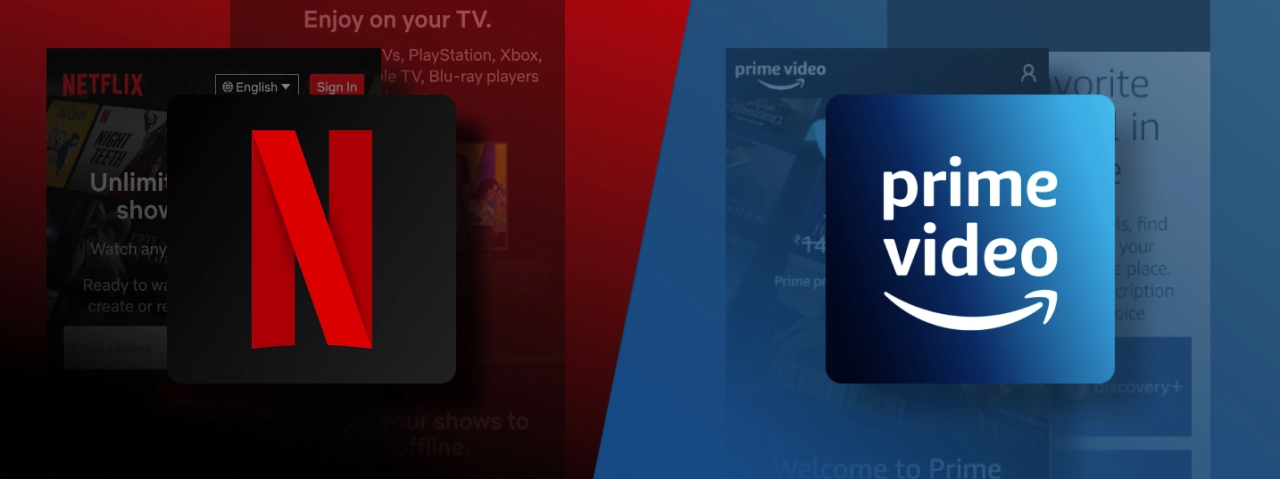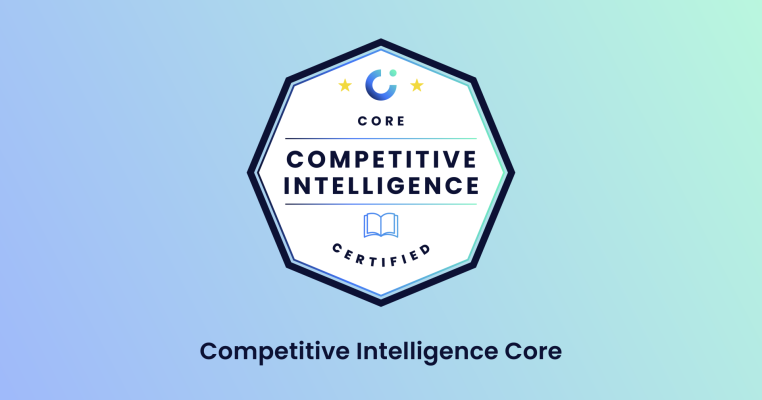What is indirect competition?
Indirect competition is the kind of competition you experience from indirect competitors. These are competitors that offer different products and services to you, but targeting the same set of customers.
The products and services your indirect competitors offer are sometimes called “substitutes” or “alternatives”. Consider any alternative means your target customers could use to solve their pain points as indirect competition.
For customers looking to be entertained, video games are a substitute for books, or for movies. Social media can entertain, too, so you could consider this another substitute for books or movies.
Indirect competition examples
To make this a little clearer, let’s go through some examples of indirect competitors:
- Blockbuster and Netflix.
- Smartphones and desktop computers.
- Motorcycles and bicycles.
1) Blockbuster vs. Netflix
Netflix and Blockbuster is the classic example of an indirect competitor having a massive impact on an established business. Blockbuster offered a movie rental service at accessible prices to customers. For a while, it was the most convenient option around, and became synonymous with weekend movie nights.
Netflix’s streaming service was different. There were no physical stores, customers accessed the service entirely online. When streaming technology took off, and people had access to massive libraries of TV shows and movies without having to leave home, Blockbuster was in trouble.
Though the services weren’t the same, both companies solved the same customer need: the need to be entertained, at home and for cheap.

2) Smartphones vs. desktop computers
There was a time when, if you wanted access to the internet, or to word processing software, or messaging services, you needed a desktop computer or laptop.
Today, smartphones make all of those things accessible. Many people don’t have a desktop or laptop computer in their home at all, making their smartphone their only computer.
Smartphones even make gaming, traditionally only available via game consoles or PCs, available to users.
In these ways, smartphones are drawing many potential customers away from traditional computers and game consoles, despite being a different product. But they’re meeting the same customer need: the need to be connected to the internet, to interact with others online, and to access particular online services.
3) Indian Motorcycles vs. Ridgeback Bicycles
Okay, you might not think a bicycle could compete with a motorcycle for customers, but you’d be wrong.
Some people are just on the lookout for something reliable and quick on two wheels that can handle their daily commute. They might not want, or be able to afford a car, but public transport isn’t their answer. Motorized, foot-pedaled, or even electric bikes could feasibly all compete with each other indirectly for particular customer segments.


How to overcome indirect competition
The truth is, the business strategies for dealing with direct and indirect competition aren’t so different. Even if you’re getting eaten alive by alternatives and substitutes, you need to return your attention to your unique value proposition.
What is it that makes your product special?
Is it the price point? Is it some unique feature? Is it a special distribution channel?
In short, what’s your competitive advantage ?
If you don’t have one, it’s time to build one. Luckily, many businesses have hidden sources of competitive advantage just sitting there, unloved and underutilized. The VRIO framework is purpose-built to help you find these underused sources of competitive advantage and refine them until they’re the beating heart of your business’ success.
Looking for next steps?
Competitive intelligence is a powerful growth lever for any organization... if done right.
There are many concepts to master if you're to satisfy your customers, motivate your team, and optimize your workflows.
Enter our Competitive Intelligence Framework. 🏁
It covers everything you need to know to navigate the competitive intelligence cycle, from start to finish.

What is direct competition?
Direct competition is the type of competition you experience from your direct competitors, who target the same customer segments as you do, and offer the same kinds of products and services.
Two smartphone manufacturers, like Apple and Samsung, both compete for customers in the market for a new smartphone.
Notice, though, that the distinction between direct and indirect competitors isn’t always clear-cut. Segment further, and you can split customers into Android and iOS users. Looking specifically at businesses that produce Android phones, and marketing to Android users, Samsung and Google are direct competitors, but Apple is removed from the equation. Now, you’d consider Apple an indirect competitor, since iOS is an alternative mobile operating system to Android, but meets the same customer needs.
Direct competitors examples
Remember, direct competitors sell similar products or services to you, and have the same target audience. You and your direct competition literally go head-to-head for the same slice of the pie.
Here are some examples of direct competitors:
- Netflix and Amazon Prime Video
- Asana and Monday.com
- Casetify and Caseable
- Wayfair and Ikea
1) Netflix and Amazon Prime Video
Both Netflix and Prime Video are at-home streaming services. They both solve the same customer problem: the need to be entertained at low-cost. They’re both convenient, and great value for money, offering thousands of hours of entertainment for a monthly cost less than your Saturday night takeout.

2) Asana and Monday.com
Just to bring you back to B2B-land (sorry), Asana and Monday.com both sell project management software. Their primary audience isn’t single users. It’s entire businesses. They want dozens or even of hundreds of users signing up when they win an account. They know that’s where the money is, and they’re going up against each other for those same accounts.
3) Casetify and Caseable
Both Casetify and Caseable sell phone cases. Multiple brands, many models, and even more designs. They sell online, and they compete for the same target audience: those in the market for a phone case with a fun design.

4) Wayfair and Ikea
The furniture giant has its competitors – Wayfair being one of them. Affordable flat-packed furniture is convenient. And the ability to browse online is a luxury. Both businesses offer these selling points, and both are competing for customers looking to spruce up their home decor at affordable prices. Both use similar distribution channels, too, offering affordable home delivery and discounts for orders over a certain price.
How to overcome direct competition
As we’ll see in the next section, if your products aren’t adequately differentiated, your prospects will struggle to see why they should choose you over any competitor.
In fact, while it can be tempting to fixate on all the things you have in common with your direct competitors, and hence everything that makes it so difficult to compete with them, you’ll find that you start to outpace these competitors when you effectively emphasize the key differences between your products and theirs.
That means refining your competitive differentiation and competitive positioning , to make clear as crystal to your prospects how you’re different, and how you solve their problems better than your competitors can.
How to perform a competitive analysis to challenge your direct and indirect competition
If you want to overcome competition of any kind, you first need to understand it.
Whether you’re interested in convincing your prospective customers that indirect competitors and substitutes can’t offer the perfect solution to their problems (while you can), or you’re racking your brain as to how to beat your direct competition, a competitive analysis is always a great first place to start.
Here’s a five-step overview of how to perform one:
- Get clear on your objectives.
- Start with the customer.
- Identify your competitors.
- Gather data.
- Analyze the data.
1) Get clear on your objectives
The first step, as always, is to figure out what you want to achieve. This keeps you focused while you perform your competitor analysis. The last thing you want is to put in hours of work only to realize the direction you’re heading won’t help you in the ways that matter to your business.
2) Start with the customer
Whether you’re interested in your direct or indirect competition for this analysis, start with the customer.
After all, it’s the customer you’re competing for. You want to understand your customers and what they want. Do your own customer and market research to fill in your understanding. From there, you’ll be in a strong position to finish the analysis.
3) Identify your competitors
When you know what your customers want, you can lift your sights beyond the usual suspects, and begin brainstorming a list of competitors (direct and indirect) that are trying to solve the same customer problems as your own products and services.
This doesn’t mean you should ignore key data, like how often customers mention names of other businesses they’re interested in, but it does mean you’ll be able to create a more exhaustive list of possible competitors, before whittling it down to the few you want to focus on.

4) Gather data
With a shortlist of competitors to hand, it’s time to gather data on them. Not sure how to do this? Grab a copy of the competitive intelligence playbook .
5) Analyze the data
Don’t get caught up here – “analyze” really just means “think about the data.”
What have you found? What could it mean?
Ask questions of the information in front of you, and tie it back to the goals and objectives of your business as a whole, as well as your objectives for this particular analysis.
If your aim is to get clearer on how you can steer prospects away from your two biggest direct competitors and towards you, then you’ll want to get clear on things like:
- What are these competitors doing well?
- What are they doing poorly?
- How are they positioning themselves competitively through their product messaging?
- What strategies could you use to position your own products as the best solutions to the pain points of your target market?
What’s next?
The analysis might be done, but don’t stop there.
Now it’s time to turn those insights into action points, and to start rolling those out across the business. That might mean delivering competition reports to leadership, refining your positioning and messaging with marketing, or creating enablement material for sales.
In short, you’ll want to come up with a strategy off the back of your analysis, and then set about operationalizing your strategic plan.
Give yourself an unfair advantage
Our newest competitive intelligence course lifts the lid on the frameworks and processes experts use to deliver impactful intel with confidence.
You can expect:
- A 100% self-paced and online course packed with competitive wisdom so you can stop worrying and start winning.
- Bonus features from established competitive professionals to give you an unfair advantage.
- 6 downloadable, customizable templates and frameworks that make analysis a cinch.

Competitive Intelligence: Core
We'll show you how to:
- 👑 Lead development of your org’s all-important competitive positioning.
- 🦾 Master CI’s essentials, including its most powerful research techniques.
- 🚀 Arm sales and customer success with intel to skyrocket win rates and turn down churn.
- 🧠 Offer leaders critical intel that informs their decision-making and strategy.
- 📈 Elevate CI’s role within your org to ensure career progression.





.png?v=40ae029d56)